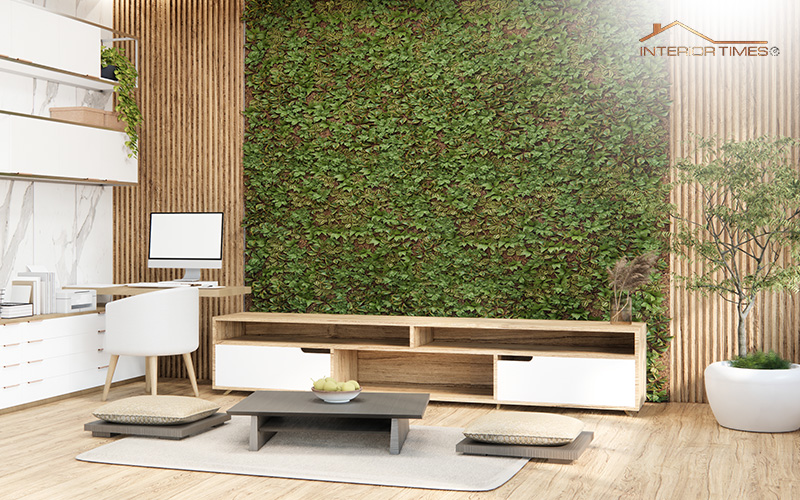Remodeling an old house involves revamping and revitalizing the structure, making it functional and aesthetically pleasing. It is a way of bringing new life to a tired, worn-out house, giving it a fresh start. The importance of remodeling an old house lies in the fact that it not only adds value to the property, but it also provides a comfortable and attractive living environment.
The purpose of this article is to provide a comprehensive guide on how to remodel an old house on a budget, with a focus on preserving the character and history of the property, while making it functional and beautiful. By incorporating creative and cost-saving strategies, this article will show you how to breathe new life into your old house, with a heart.

Discovering the Heart of Your Home: Conducting a Thorough Assessment of Your Old House
Assessing the House: The First Step to a Successful Remodel
A successful remodel starts with a thorough assessment of the house. This step involves identifying areas in need of attention and determining what needs to be done. In this stage, you should carefully inspect every room, from the roof to the floor, to determine which areas require the most attention. This could include things like fixing leaks, repairing damage, and updating outdated fixtures.
Setting a Budget: Essential to Staying on Track
Once you have identified the areas in need of attention, it’s time to set a budget. This is a crucial step as it will determine the scope of your remodel and help you avoid overspending. Be realistic when setting your budget and take into account all the costs involved, including materials, labor, and any unexpected expenses. It’s important to stick to your budget as much as possible, so be creative when looking for ways to cut costs and save money.
Prioritizing the Areas for Renovation: Choose What Matters Most
After conducting an assessment and setting a budget, it’s time to prioritize the areas for renovation. Based on their urgency and impact on your daily life, prioritize the areas that need attention. For example, if a leaky roof is causing damage to your home, it may be more important to repair it first before focusing on cosmetic updates. By prioritizing the areas for renovation, you can ensure that you’re getting the most out of your budget and that your remodel project is a success.

Revitalizing Your Home on a Budget: Cost-Saving Renovation Ideas for a Heartwarming Transformation
The heart of remodeling an old house lies in bringing new life to its tired spaces. One of the simplest and cost-effective ways to achieve this is by repainting the walls. A fresh coat of paint can instantly transform the look of a room and provide a clean slate for further updates. Another cost-saving idea is updating light fixtures. Replacing outdated or worn light fixtures with modern, energy-efficient ones can add character and function to a space, while also saving on energy bills.
Refurbishing furniture is another great way to save money while also incorporating a personal touch into the renovation. This can include repainting or reupholstering old pieces, or even repurposing items from other rooms in the house. Not only does refurbishing furniture save money, it also adds character and a unique style to the space, making it feel truly special and one-of-a-kind.
Turning Ideas into Action: Steps for Making the Remodel a Success
Staying on Track with the Budget
Remodeling an old house can quickly get expensive, but it is possible to stay within budget if proper planning and prioritization are in place. Before starting the renovation process, it’s important to determine the budget and stick to it by making smart choices on materials and labor. Keeping track of expenses through a spreadsheet or budget tracking app can also help stay on track.
Dealing with Unexpected Costs
Despite best planning, unexpected costs can still arise during the remodeling process. It’s important to have a contingency plan in place in case of these unexpected expenses. This can include reducing the budget in other areas or cutting down on the scope of the project. Having a contingency plan helps keep the project within budget and reduces the stress of unexpected costs.

Keeping the Heart of the House Intact
Remodeling an old house should not mean losing its original character and charm. Keeping the heart of the house intact is essential in maintaining its unique appeal. This can be achieved by preserving original features such as doors, fireplaces, or flooring and incorporating them into the design. Reusing old materials and items in new ways can also be a cost-saving solution while preserving the heart of the house.
In conclusion, remodeling an old house is a way to breathe new life into a property, providing a comfortable and attractive living environment while adding value to the property. By conducting a thorough assessment of the house, setting a budget, prioritizing areas for renovation, and incorporating cost-saving ideas, you can make the transformation a reality while preserving the heart of the house.

Staying on track with the budget and dealing with unexpected costs are important steps to ensuring the success of the remodel, while keeping the heart of the house intact will help maintain its unique character and charm. By following these steps, you can turn your old house into a heartwarming home that you will love for a lifetime.



